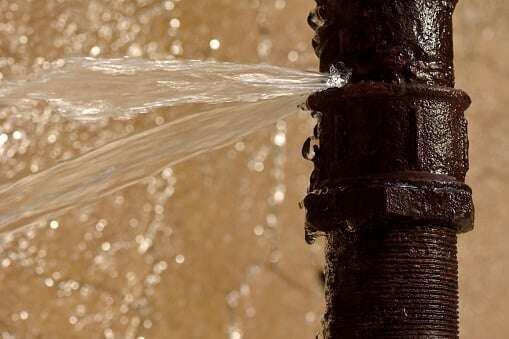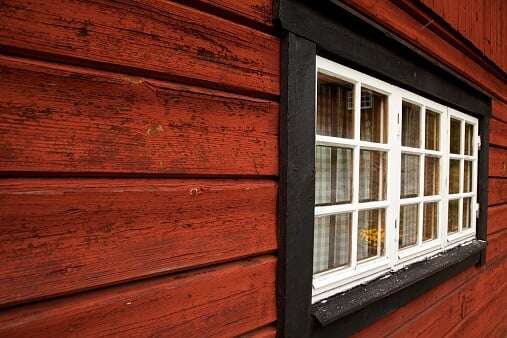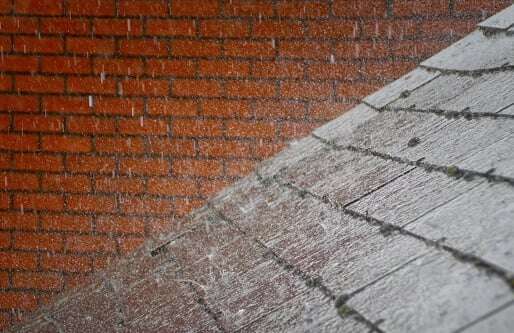 When you think of all the rooms in your home that you must protect from water damage, you might assume that your attic poses the least of your worries. That might be true – but then it might not. It wholly depends on what your attic contains.
When you think of all the rooms in your home that you must protect from water damage, you might assume that your attic poses the least of your worries. That might be true – but then it might not. It wholly depends on what your attic contains.
Yours might be a finished attic with a bathroom. Or it might be partially finished and contain your heating, air conditioning and ventilation system. It might even contain ductwork.
Experts In Your Home addressed many of these water trouble spots in previous articles in our ongoing series of home maintenance tips on how to protect your home from water damage. (Specifically, see our previous five articles on how to protect your bathrooms, kitchen, laundry room, utility room and basement from water damage).
Why you should take it from the top
Your attic poses its own challenges, especially considering that it lies in closest proximity to your roof and will be one of the first locations in your home where roof-related problems will be evident.
As you enter your attic, you might be struck by the unmistakable smell of dampness or mustiness. This is a warning sign of water damage if there ever was one, so don't ignore it.
The longer you spend time in your attic, the more likely it is that the smell may fade. But this means that you're becoming acclimated to the smell – not that the problem has gone away – so accelerate your efforts to trace the cause. And as long as you're up in your attic, keep looking up, too.
Attic vents
- Check that the vents are properly attached to the walls and roof. If they're loose, secure them.
- Inspect the wood and insulation around the vents. Look for water stains or discoloration, and feel the area with your hands to check for moisture. Track the source of moisture or leaks to the best of your ability and repair the problem, remembering that Experts In Your Home can assist your best efforts.
- Remove any leaves, nests or other debris blocking the vents.
Attic pass-through points
- Inspect all pass-through points, including the chimney, whole-house fan, plumbing vent pipes, recessed lights and skylights, and:
- Ensure that the flashings and sealants are in good condition.
- Look for signs of rust, corrosion, staining, water intrusion, mildew or mold.
- If you can see daylight at these points through cracks or holes, make the repair or call Experts In Your Home and allow us to do it for you.
Attic insulation
- Inspect the insulation visually and by hand. It should look soft and fluffy – not rough and flattened – and should be dry to the touch. If it's moist or wet, call Experts In Your Home so that we can inspect your attic and trace the cause of a potential water damage problem.
- Take a step back and compare the insulation near the eaves and soffits to that near the middle of the attic. If the insulation looks flatter near the former, it could be the sign of a leak.
- Ensure that insulation does not cover soffit vents. Air must circulate freely through the vents to help keep your attic dry.
If you hear the unmistakable sound of scratching, clawing or scampering, a mouse, squirrel, raccoon, bird or even a bat may have taken up residency in your attic.
It pays not to judge these creatures by their size; once they make their way through your roof and into your attic, they've created an entry point through which water and moisture can infiltrate your home and wreak considerable water damage.
For more home maintenance tips, contact Experts In Your Home to inspect your attic and make it waterproof. We'll look up, down and all around – so that your attic really does present the least of your worries.








